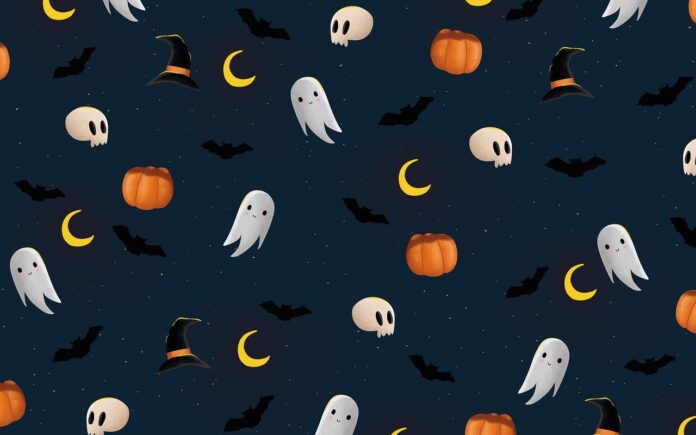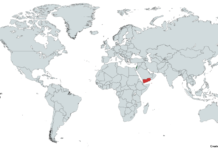People have celebrated Halloween for over a thousand years. Originally, the celebration was a religious observance, but it became increasingly secular over the centuries. Its religious trappings finally disappeared. Halloween is a holiday for fun, dressing up in costumes and trick or treating, particularly for kids.
It comes second to Christmas regarding retail sales. Data from the National Retail Foundation shows that in 2020, Americans spent over $8 billion on accessories and costumes. Historians trace the celebration’s origins to the ancient Celtic festival called Samhain, which means summer’s end. In contemporary calendars, Samhain took place on November 1. The purpose of the occasion was to prepare for winter when communities gathered and planned for the winter months.
People held the belief that the souls of the dead returned to their residences that day. Therefore, they lit bonfires and dressed in costumes to ward off the spirits. This is why popular Halloween tropes like goblins and ghosts became linked with the holiday.
Samhain was a borderline festival marking summer’s end and the start of the dark, cold winter. Its association with a celebration for the dead became popular in “The Golden Bough” (1980), a Jame George Frazer classic. According to Nicholas Rogers, a historian who wrote a short, informative book titled “Halloween: From Pagan Ritual to Party Night,” Frazer projected medieval tradition to the past. Apart from the fire ritual, little proof exists regarding what occurred at Samhain festivals.
Rogers said that Samhain imparted intrinsic liminality and supernatural charge to Halloween, but it failed to offer much regarding actual ritual practices. The ritual practices developed along with the medieval holy days.
The ancient Celts believed that on Halloween, the spirits of the dead returning to earth could cause problems like ruining crops. Therefore, wearing costumes and lighting bonfires to deter ghosts was essential. The Celts also thought that the presence of the spirits made it simpler for their druids or priests to form predictions regarding the future. The communities then depended on the natural world’s resources. For them, such predictions were a source of comfort before they entered the deadly winter months.









